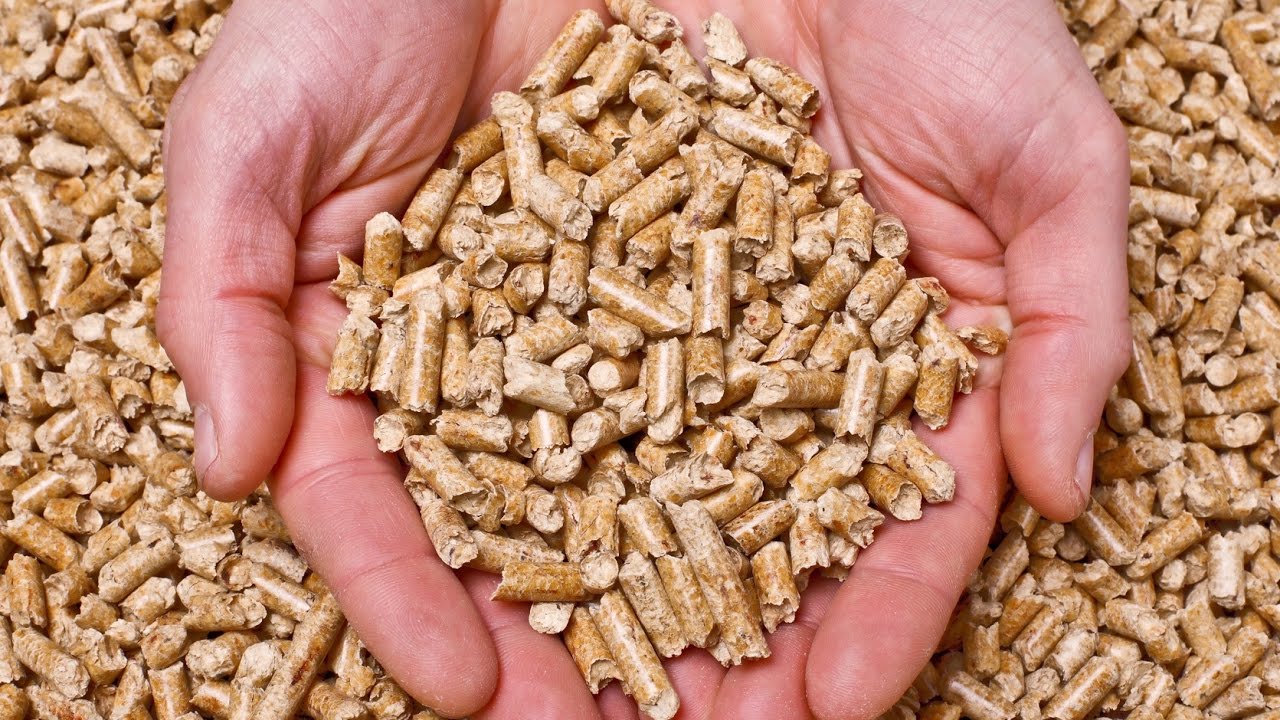In our articles, we have repeatedly noted the environmental friendliness of the production and combustion of pellets. In this article, we will take a closer look at the process of production and use of pellet fuel from the point of view of the impact on the environment.
Ecology of production and combustion of pellets
A good quality pellet manufacturer does not use resins or adhesive components in the product manufacturing process. By and large, the only damage to the environment in the production of pellet fuel is the emissions of loading equipment at the factory, as well as the operation of press and conveyor engines.
But what about trees, the raw material for pellet production? Is there a massive deforestation for the production of pellets? Not! Moreover, the popularization of the use of pellets has a positive effect on forests, as it maximizes the efficiency of the use of green space without the need for additional felling.
In the production of pellets, those huge volumes of logging waste that remain after cutting down trees are used. Collection and processing of logging waste into something useful, in our case into pellets, is getting the maximum benefit from the spent forest resources. Unlike burning hydrocarbons, burning pellets does not increase the amount of carbon dioxide released into the air. During combustion, pellets emit no more carbon dioxide than when wood naturally decomposes. Thus, using pellets as fuel, a person does not cause additional damage to the environment.
Unlike pellets, the combustion of coal, oil products and other types of natural fuels leads to the release of carbon dioxide into the atmosphere, which was previously “sealed” in the fuel. The release of carbon dioxide when burning pellets is a natural process of releasing the accumulated gas in the wood material, which has previously circulated in the Earth’s atmosphere.
Eco-friendly does not smell
The second example of the environmental friendliness of pellet fuel is the absence of smell during combustion. Unlike other natural energy sources, the chemical composition of pellets does not contain anything other than wood. For example, in the composition of oil we can find sulfur, heavy metals. Even high-quality cleaning of oil products does not eliminate the chemical composition of oil. In coal, the sulfur content reaches 4%.
When using a high-quality pellet boiler , even being close to the source of pellet combustion, you will not feel any smell or smoke.

